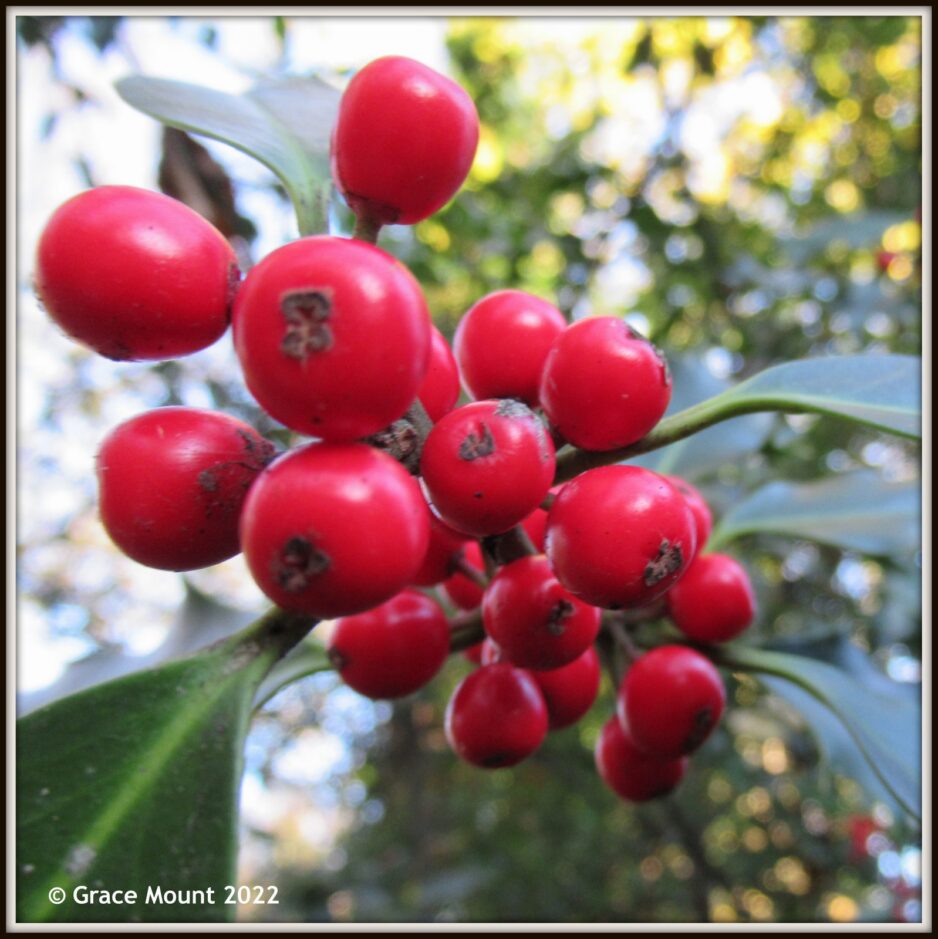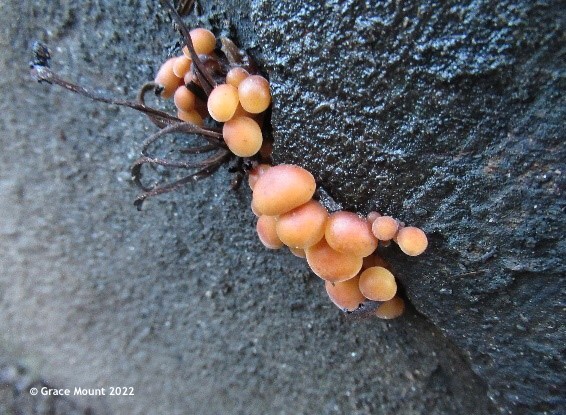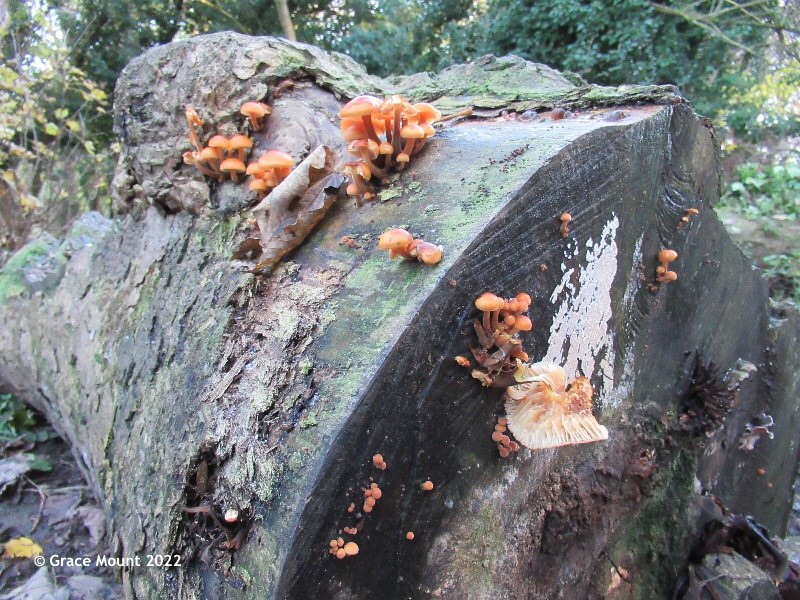As I was away on holiday for most of the month, December’s column has been written by guest reporter Grace Mount, one of our local volunteers. Here is the cemetery wildlife she found, together with photographs, all taken by her. Enjoy!
HB
December 2022
December started mild and cloudy. There were a few days that were bright and sunny but cold. There was also a far bit of precipitation. It got very cold in the second to third week of December. In places, frost did not thaw in the cemetery because of the low sun light. However, cemetery wildlife seems to have adapted to these conditions, as birds were seen tossing the leaves over to catch hidden worms and the squirrels were very active running about in the tree canopy.
December marks the end of Autumn and the beginning of Winter. The first day of Winter falling on the 21st is known as the winter solstice which is the shortest day and the longest night.
At the beginning of the month there were still the remaining leaves on the deciduous trees, however most of these had fallen by mid December, leaving just the evergreens behind.
Flowers and Plants
Evergreen plants in the cemetery provide much needed food for the cemetery wildlife in the cold months of winter. Holly and Pyracanthas can be seen growing in the hedge row, along the edge of the cemetery on Spring Bank West. These provide small berries for the birds, such as Blackbirds and Song Thrushes.
Holly (common name) Ilex aquifolium (scientific name) has smooth glossy leaves with spiky edges. There are a handful of very beautiful Holly bushes which can be found growing along the cemetery footpaths including one which has a variegated leaf.
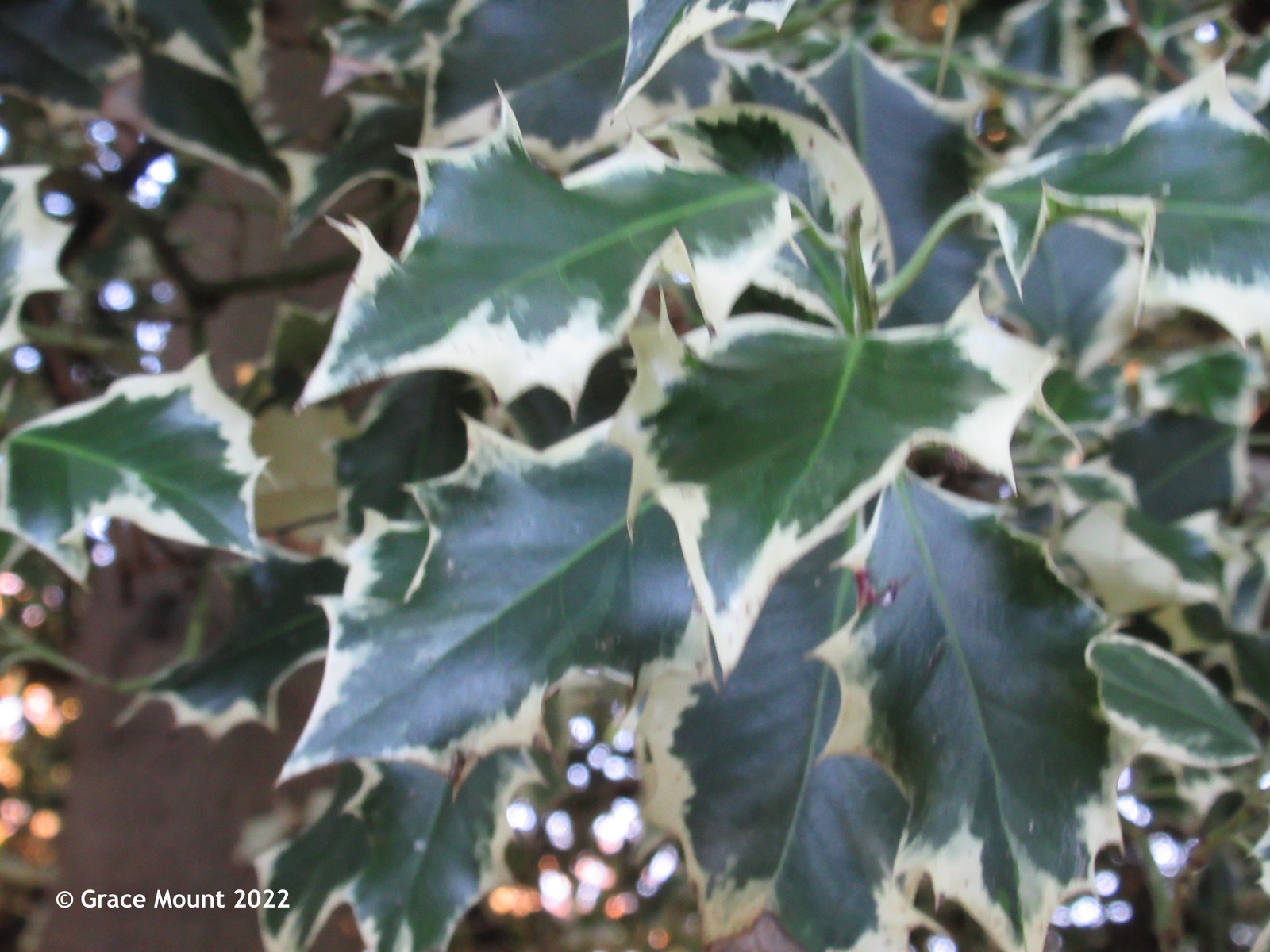
Ivy (common name) or Hedera helix (scientific name) carpets the ground in places and can be seen growing up many of the trees; produces flowers in autumn which provides much needed food for Honeybees, and cover for the birds.
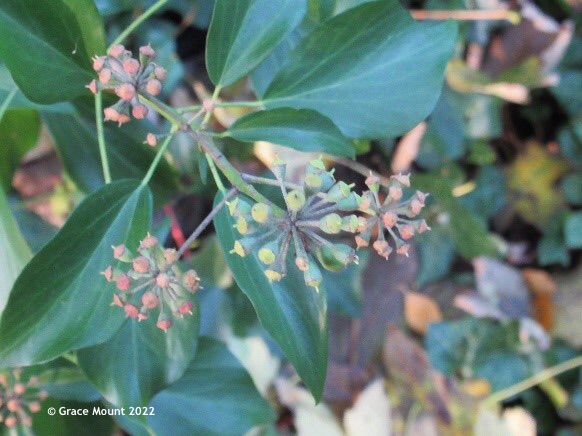
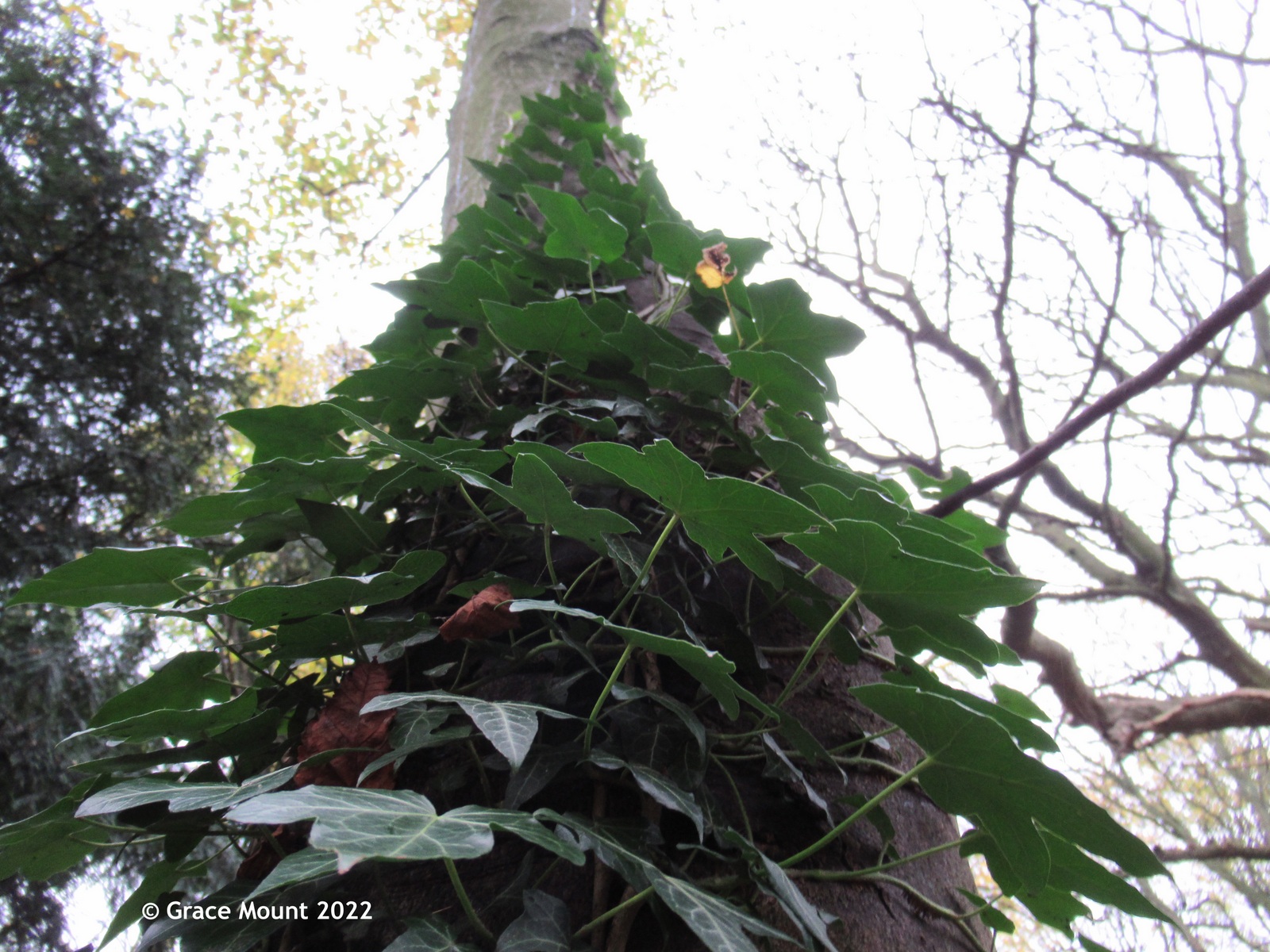

Something that was quite unusual for the time of year, which we found, was a single Snowdrop. It was growing and in flower in a spot in the Quaker burial ground. These would usually start to flower between January and March, with the daylight hours getting longer.
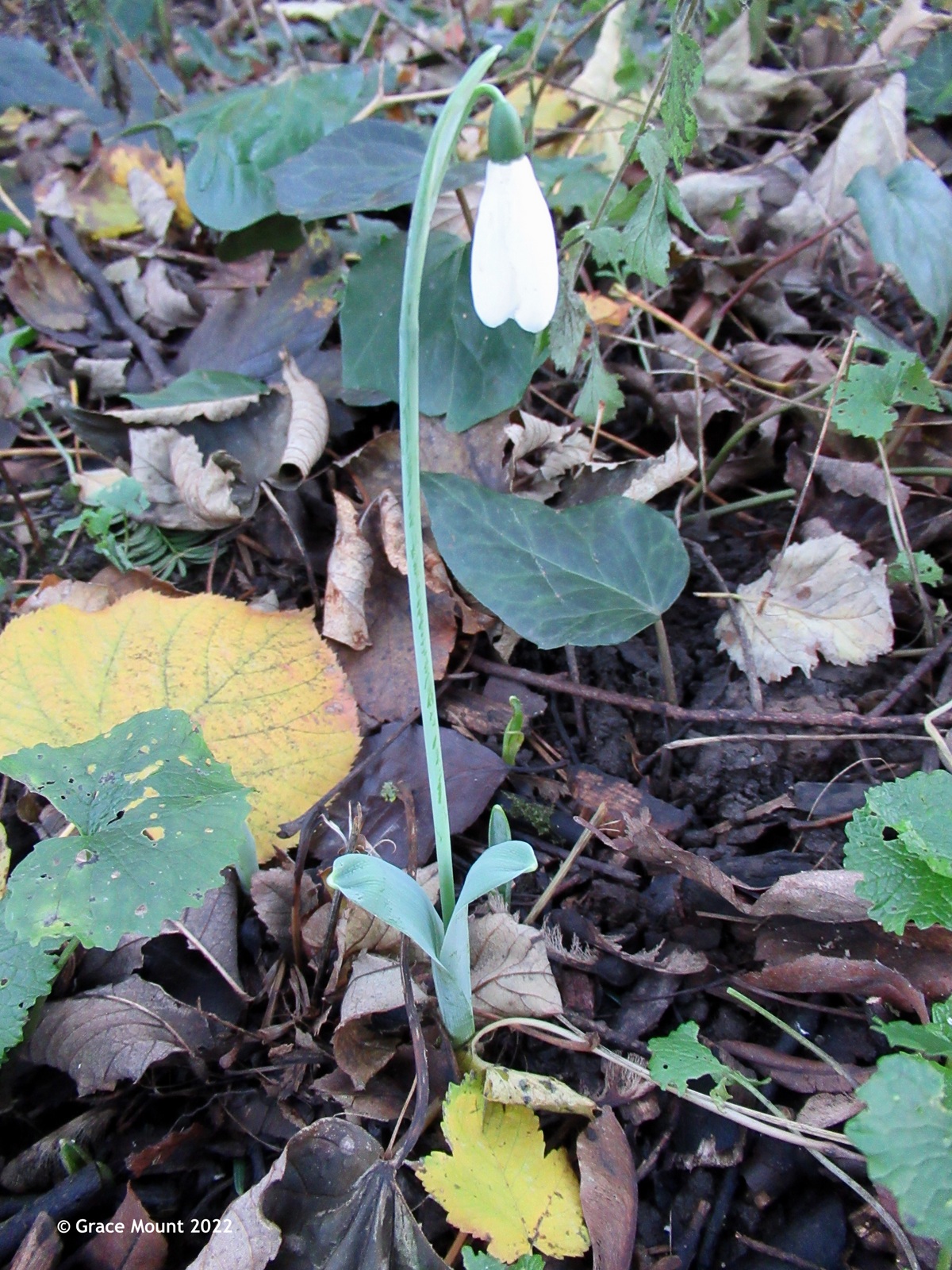
Yew trees, another evergreen, can be found growing in the Quaker part of the cemetery along with laurels, again providing much needed cover for cemetery wildlife in the cold winter months.
Moss can be found growing on gravestones and fallen branches.

Birds
For December we saw Robins pulling worms out of the ground and Blackbirds flicking leaves over in search of hidden insects. They were very active in the Quaker part of the cemetery. Magpies, Crows and Woodpigeons were also easy to spot with there being no leaves on the trees.
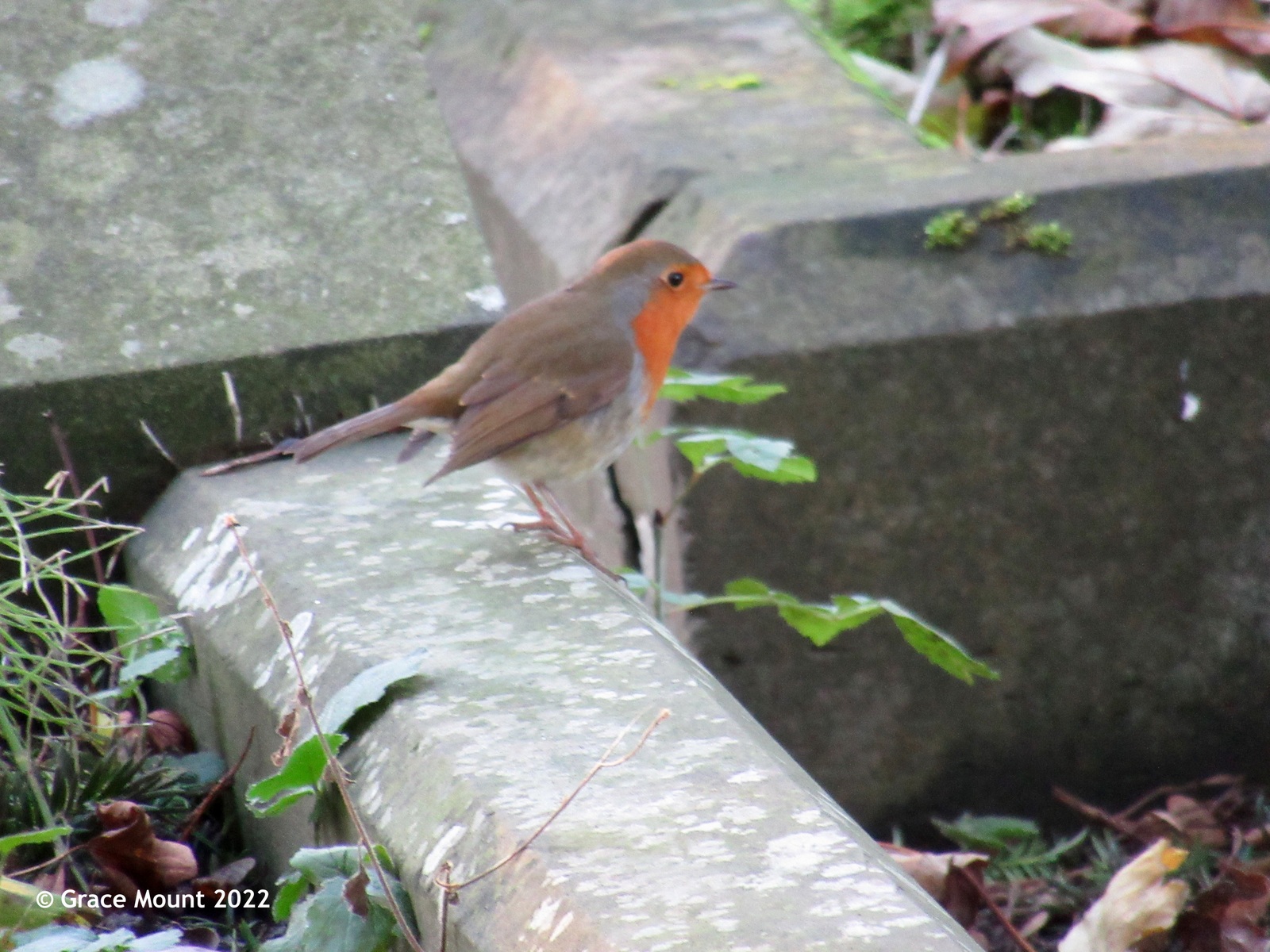
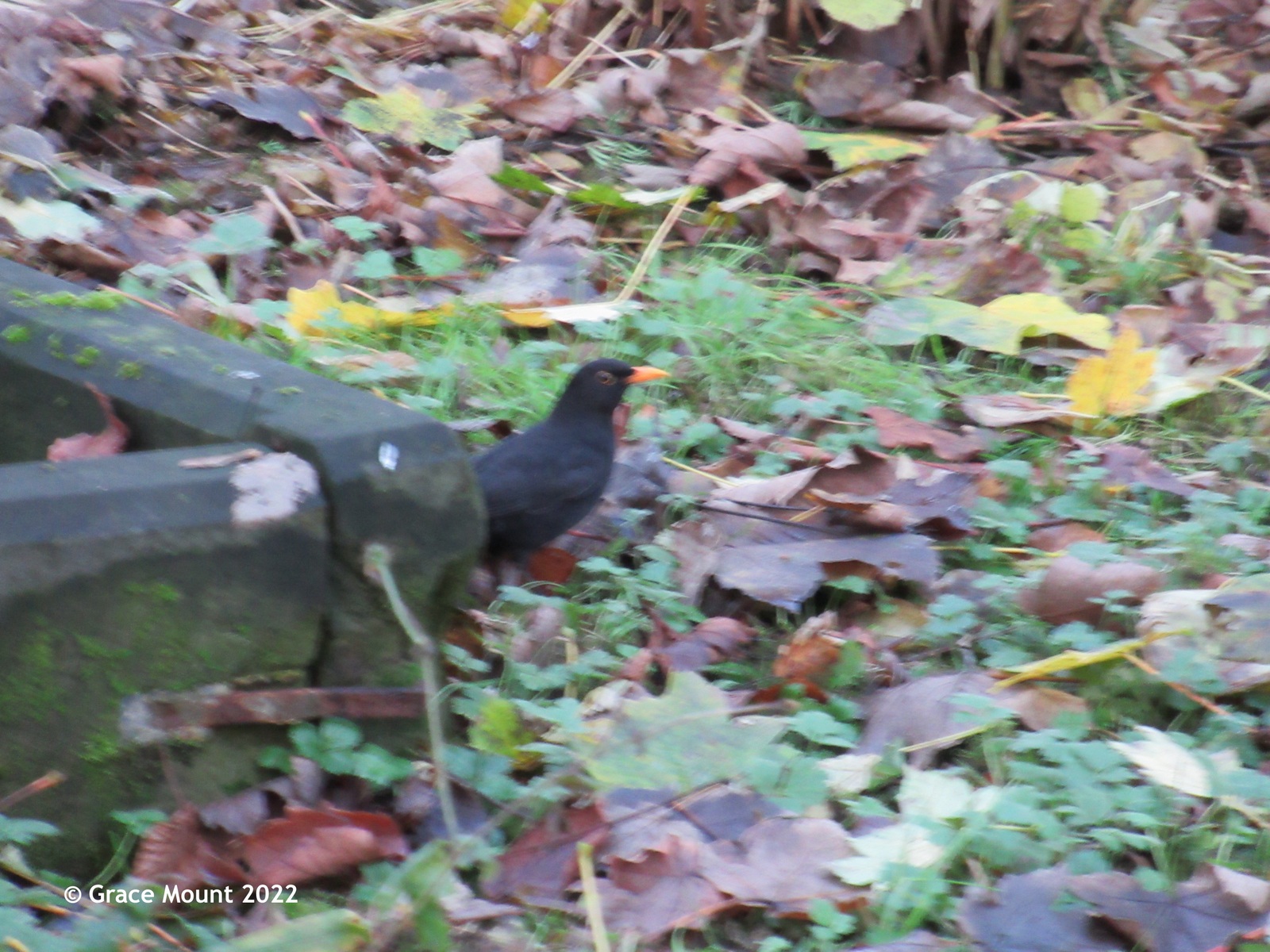
Mushrooms and Fungi
A selection of fungi also found in the cemetery.
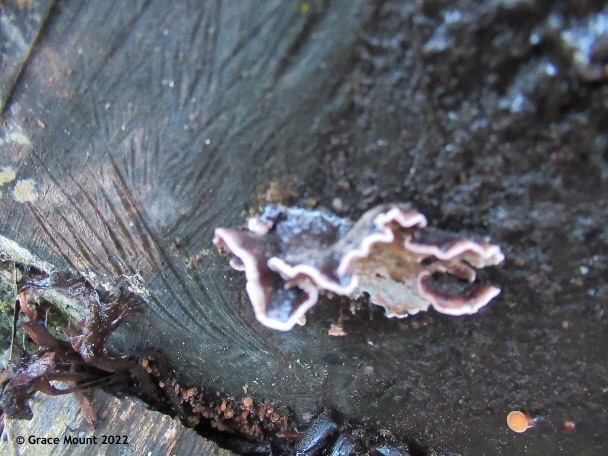
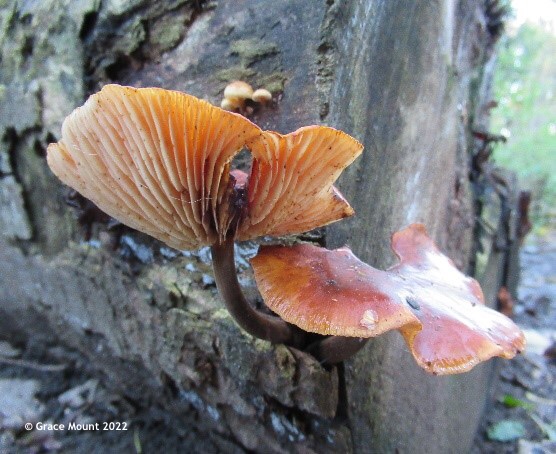
Conclusion
December was mild at first with a very uncomfortable cold snap in the middle becoming mild again towards the end of the month. The footpaths that had been muddy were well trodden but frozen hard on the coldest days. Despite the cold weather it seems the cemetery wildlife continues to give many delightful and unexpected surprises with beautiful fungi, traditional seasonal evergreens, out of season flowers and amusing antics from the birds and squirrels.
Grace is home educated, following her interests of nature and animal studies. She loves birds and has helped the volunteers in HGC with monitoring and recording of the nest boxes. She frequently enjoys walks through the cemetery, litter picking and taking note of the changing seasons.


